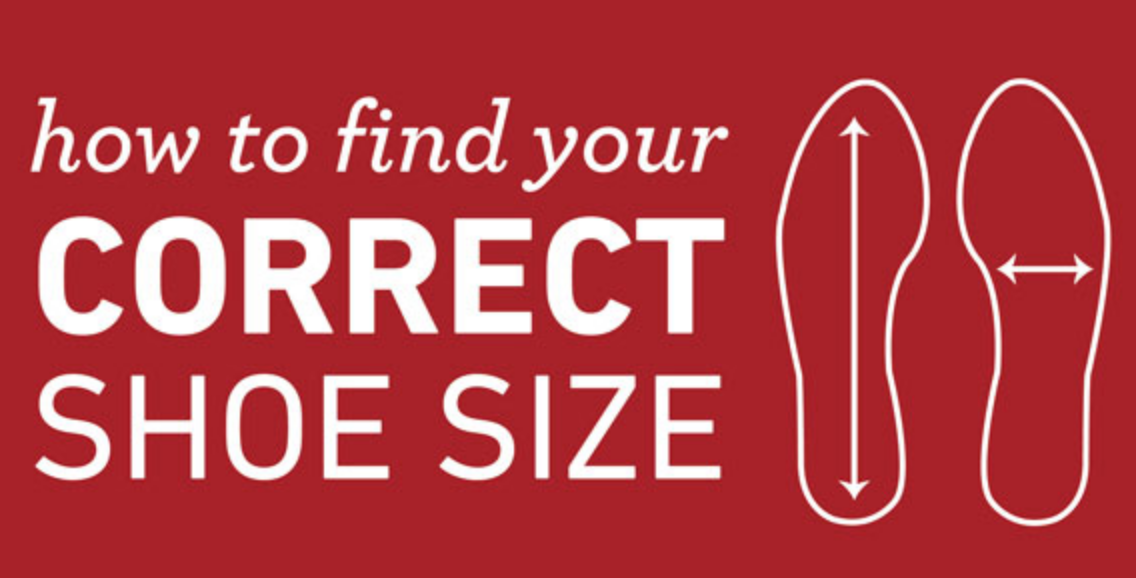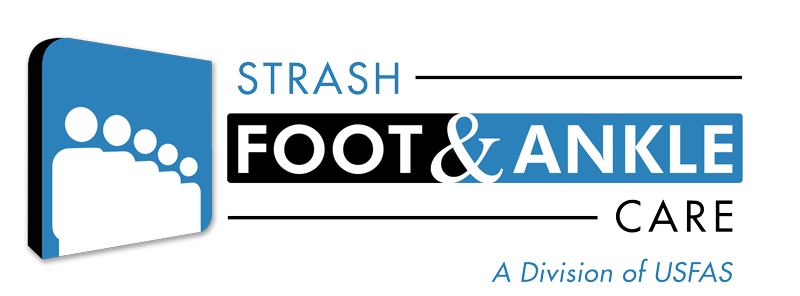
22 Aug Shoe Size: Sometimes The Shoes Don’t Always Fit
When was the last time you had your foot measured to check your shoe size? I ask this question to my patients a lot, and not surprising, the majority haven’t been truly measured – for both size AND fit – since adolescence.
Big mistake. Many patients I see complain about pain in their feet, thinking it’s something serious, when in fact, it’s all about the shoes they’re wearing.
Now, not saying this can’t develop into a serious problem. Wearing wrong or ill-sized shoes over a period of years can definitely wreak havoc on your feet, causing deformities to feet and toes that often require surgery.
And since shoes are a VERY important (if not THE most important) part of any wardrobe, I usually start with asking patients about what they put on their feet. What kind of shoes do they wear when they work, when they exercise, run, on the weekends – it’s more important than you think!
I also remind them – especially women – that if a shoe doesn’t feel comfortable when you first try them on, regardless of how good they look, don’t buy them.
So, how exactly do you select a good fit? Well, first, it’s not just about the size. The size number isn’t as important as the way the shoe holds the foot. In fact, when it comes right down to it, the right fit trumps size. Why? Well, because a size 9 in one brand of shoes may fit like a size 9.5 in another brand.
Below are a few tips on how to find your true shoe size:
- When trying on shoes, there should be about 3/8 of an inch from the tip of your longest toe to the end of the shoe – about the same thickness as your thumb.
- Width is just as important – think of a swaddled baby – shoes should be snug, but not tight enough to constrict the foot.
- Get your feet professionally sized at least once a year. Feet change over time.
- Wear the same sock to the store that you’ll be wearing with the particular shoe. For example, if you’re shopping for running shoes, bring your running socks. Going sockless? Make sure you try on the shoes without socks or stockings.
- Shop for shoes at the end of the day. Why? Because throughout the day, your feet expand.
- If you’re buying running shoes, I recommend you walk – or break them in – gradually. Walk several hours before getting your jog or run on.
- And speaking of running shoes, make sure you replace them after about 400 miles of use. The midsole is cushioned, providing shock absorption, and breaks down after a while – this could cause injury.
- If your feet are different sizes (trust me, this is more common than you think), make sure to measure the larger foot for the best fit.
- And finally, if you love Zappos and Amazon, and are unsure of the best fit in a particular brand of shoes, buy two, try both pairs on and send back the pair that isn’t the right fit.
Remember, the right fit plays a very important role in your foot and ankle health. If a shoe doesn’t feel as good as it looks, pass – trust me, your feet will thank you for it.

